 Web Content Display
Web Content Display

Astropark
Tab Menu
 Web Content Display
Web Content Display

The Astropark is divided into 3 zones: Educational Zone for day-time use, Naked-eye Observation Area for casual users and Telescopic Observation Area for amateur astronomers.
 Web Content Display
Web Content Display

Telescope Pier
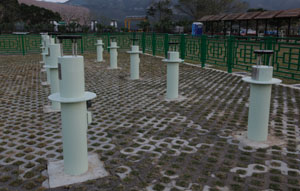
Ten telescope piers are installed for amateur astronomers so that they can save the effort of carrying heavy tripods while bringing their own telescopes for observation.
Adapter plates are installed on top of the telescope piers for mounting telescope. Users may refer to this adapter plate diagram to bring suitable screws for fixing the mounts.
Electricity of voltage 220V is provided on the telescope piers. To obtain the power supply, users have to make prior bookings with Hong Kong Space Museum and details of application will be announced later.
Star Tracker
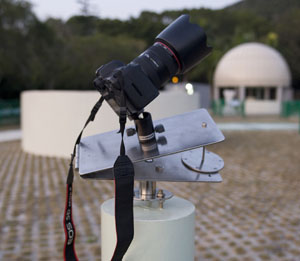
Visitors can use two installed star trackers to take astrophotographs using ordinary cameras by manually offsetting the diurnal motion of celestial objects.
Binoculars
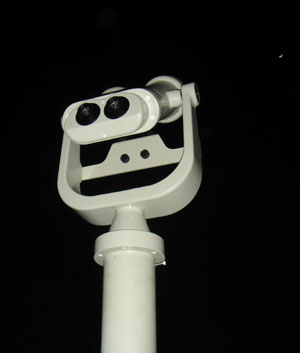
Four sets of 20 × 80 binoculars (magnification 20, aperture 80 mm) specially designed for viewing any direction in the sky with ease are installed so that visitors can use the binoculars to view celestial objects at nighttime.
 Web Content Display
Web Content Display

Stargazing Benches
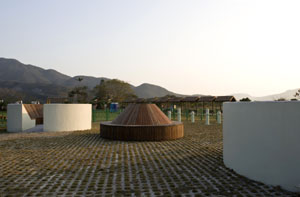
At night, causal users can enjoy stargazing by lying comfortably on specially designed inclined stargazing benches.
Visitors can also enjoy a simulated night sky inside a pavilion for learning the constellations or in case when weather does not permit stargazing.
 Web Content Display
Web Content Display
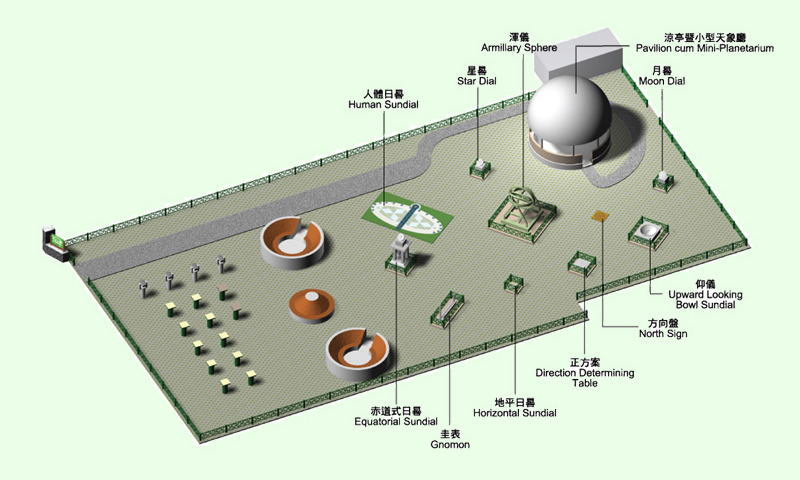
Eight replicas of ancient Chinese astronomical instruments are installed, including an exact replica of the Armillary Sphere in Ming Dynasty so that visitors can study the ancient Chinese astronomical instruments in daytime.
A shadow sundial allows visitors to tell the time by using their own shadows projected on the ground.
Armillary Sphere
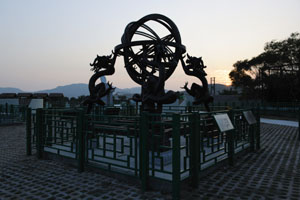
With a height of 3.16m, the one to one exact replica of the Ming Armillary Sphere is an astronomical instrument for measuring the position of celestial objects.
Human Sundial

A shadow sundial allows visitors to tell the time by using their own shadows projected on the ground.
Star Dial
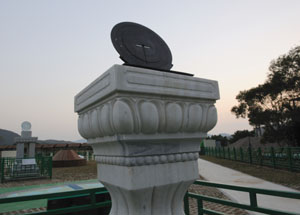
The star dial, also called the pole-star dial, is an instrument for determining the time at night by observation of stars.
Pavilion cum Mini-Planetarium
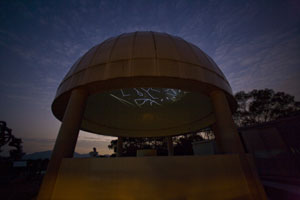
Visitors can also enjoy a simulated night sky inside a pavilion for learning the constellations or in case when weather does not permit stargazing.
Moon Dial
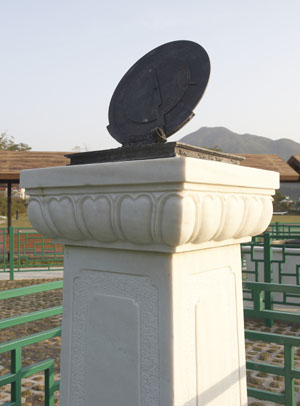
The moon dial or lunation dial was a chronometer based on observation of the position of the Moon.
Upward Looking Bowl Sundial
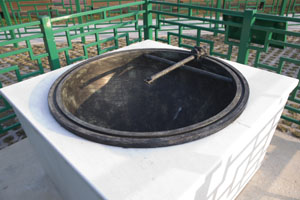
The upward looking bowl sundial was an astronomical instrument designed by the astronomer Guo Shoujing of the Yuan Dynasty (1279-1368) for observation of the Sun to determine the time and for viewing of solar eclipse.
North Sign
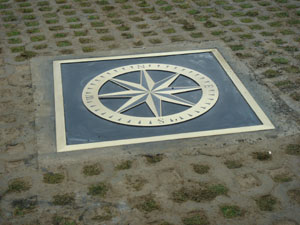
Direction Determining Table

The direction determining table is an astronomical instrument designed by the astronomer Guo Shoujing of the Yuan Dynasty (1279-1368) to determine the direction and latitude.
Horizontal Sundial

The horizontal sundial is composed of a horizontal template and an inclined stylus. Time can be obtained by observation of the projection of the inclined plane on the template.
Gnomon
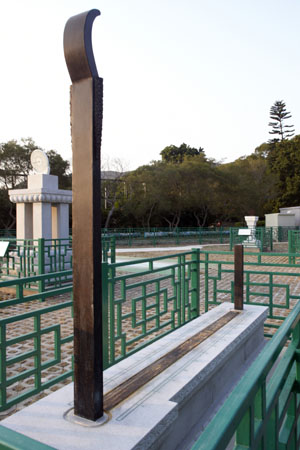
The gnomon is the oldest and simplest astronomical instrument used in China. By measuring the length of the Sun's shadow, the gnomon can be used to determine the direction, length of a year and dates of the solar terms.
Equatorial Sundial
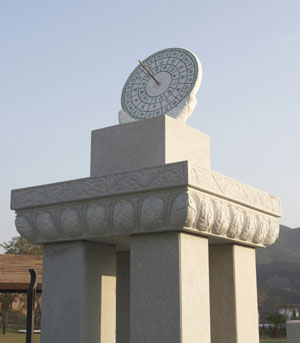
The template of an equatorial sundial is parallel to the equator. As the Sun shines on the stylus, the time can be read from the shadow cast on the template.
